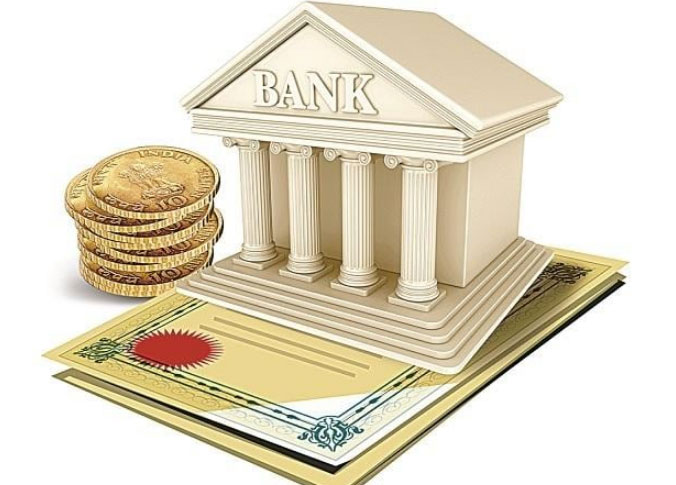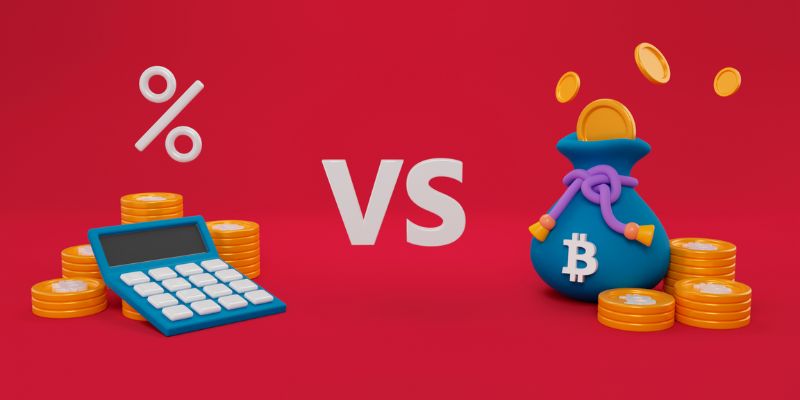One that accepts deposits, provides checking accounts, makes various loans, and offers basic financial products, such as, savings accounts to individuals, certificates of deposit (CDs), and small businesses, is referred to as a commercial bank. Nearly everyone uses a commercial bank for their financial transactions.
Borrowings such as mortgages and auto loans are the most common ways commercial banks make money. Banks get the money they need to make these loans from deposits made by their customers.
How Commercial Banks Work
Small and medium-sized enterprises and individual consumers rely on commercial banks for various banking services and products. Various financial services are available, such as checking and savings accounts, loans and mortgages, certificates of deposit (CDs), and more.
Service charges are how banks make money. Account fees (monthly maintenance fees, minimum balance fees, overdraft fees, and non-sufficient funds (NSF) penalties), safe deposit box fees, and late fees vary depending on the product. In addition to interest, many loan programmes impose fees as well.
Banks' interest from lending money to other customers is another source of revenue for them. The money they lend is based on deposits from customers. Since banks pay lower interest on money they borrow and lend, their interest rates are lower on borrowed money as well. For example, a bank may charge savings account customers an annual interest rate of 0.25 per cent while charging mortgage customers an interest rate of 4.75 cents a year.
Customer routine banking has typically been performed at teller windows and automated teller machines (ATMs) on commercial bank premises. Most banks now allow their customers to perform many of the same activities online in person, thanks to advances in internet technology. These services include transfers, deposits, and bill payments.
Significance of Commercial Banks

Many businesses rely on the services provided by commercial banks. In addition to providing a necessary service to customers, they also contribute to creating new capital and liquidity in the market.
They ensure liquidity by lending out the money their customers put in their accounts. As credit is created, more goods are produced, more people are employed, and more money is spent by consumers, all of which help the economy grow.
For this reason, a central bank is in charge of regulating commercial banks. Central banks, for example, mandate commercial banks to maintain a certain amount of cash in reserve. In a financial crisis, banks are obligated to keep a certain amount of their customers' deposits in the central bank as a safety net.
Considerations
Commercial banks' savings accounts and certificates of deposit (CDs) are popular because they are FDIC-insured and allow customers to access their money conveniently. Customers can withdraw money anytime, and their accounts are covered for up to $250,000. Because of this, banks don't have to pay a lot of money for it.
If you have a savings account with a bank, you'll likely get interest rates substantially below the yield on a 10-year US Treasury bond (a "T-bond") if you have a checking account.
Most North American banks lend to consumers, and residential mortgages account for most of that. Mortgages are frequently used to fund the real estate purchase, with the property itself serving as collateral for the loan. Fixed, adjustable, or variable interest rates are common features of 30-year mortgages. Many riskier mortgage products, such as pick-a-payment mortgages and negative amortisation loans, are less widespread today than during the housing boom of the 2000s.
Bank Credit Cards

In addition to loans, credit cards are an important form of financing. At its core, the credit card is a line of credit that can be used anytime. They are available through commercial banks from private card issuers.
Customers' and merchants' bank accounts are linked through proprietary networks owned by Visa and MasterCard. Because default rates on credit card loans are much higher than on mortgages or other forms of secured lending, not all banks offer this type of financing.
Banks make a lot of money through credit card lending, which includes fees for merchants who accept the card and enter into the transaction, charges for the card user for late payments and currency conversion, and higher interest rates on the balances that credit card users carry.
Examples of Commercial Banks
The largest financial institutions in the world, many of which may be located in the United States, are commercial banks. So, JPMorgan Chase's commercial bank is called Chase Bank. Chase Bank, based in New York City, had assets of around $3.2 trillion as of June 2021.
There are 66 million consumers, including retail customers and small and medium-sized organisations, who are served by Bank of America, which has more than $2.35 trillion in total assets and 66 million customers.



